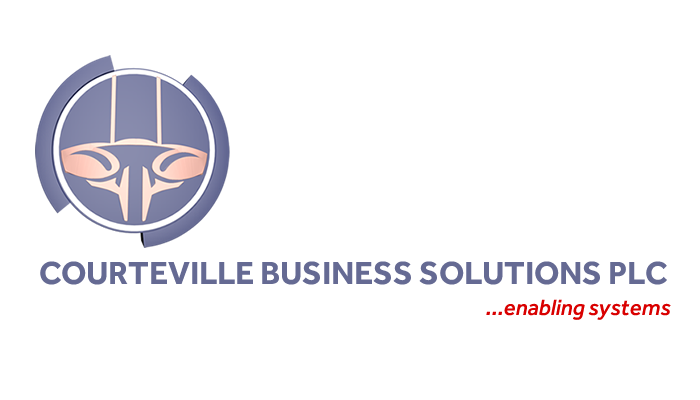Your feedback solicitation could take the form of occasional pulse surveys, more open group discussions, or both. The questions you ask in these conversations or surveys should capture people’s evaluations of current meetings and their preferences. You could also ask your team to make suggestions for future meetings.
To help guide this meeting feedback solicitation process, consider these potential questions:
- How helpful are our team meetings?
- What is working well and not so well? What should we do differently?
- To optimize your workflow, should our meetings be scheduled in the morning, midday, or afternoon?
- How long should our meetings be?
- How often should we meet?
- Would you benefit from days or time blocks with no meetings?
- If you were to lead the meeting, what would you do differently?
After collecting feedback from meeting attendees, absorb and reflect on it. Let their thoughts sink in, and do not get discouraged. Then experiment and change things up based on what you learn. It’s important, though, to recognize that you won’t always be able to accommodate everyone’s preferences. Mix it up: You may consider catering to some team members’ preferences one month and others’ the following month. This signals that you are trying to make accommodations that ultimately benefit the entire team in some way or another. You are listening and taking action to make meetings better for the group (even if this means accommodating only a few people at a time).
Although the unique ideas you glean from your team will guide your action plan, these best practices for making virtual meetings more effective and less fatiguing also deserve consideration:
- Cancel unnecessary meetings and make necessary meetings shorter.
- Assign different roles to attendees when it makes sense, such as facilitator, notetaker, or timekeeper.
- Use breakout rooms for problem-solving, discussions, and social interactions.
- Hold asynchronous meetings, such as by creating a shared Google Doc for employees to contribute to throughout the day.
- Build in breaks during long meetings and in between back-to-back meetings. Encourage employees to get up, stretch, and walk around.
- Implement meeting-free time blocks or days.
- Moderate and facilitate virtual meetings more actively, moving topics along when needed and ensuring that everyone has an opportunity to contribute.
- Turn off “self view,” if possible, on your meeting platform and make camera use optional for some meetings.
There is no one-size-fits-all approach to reducing virtual meeting fatigue or to eliminating “bad” meetings. Be willing to adapt and grow. Experiment with different meeting strategies or platforms. Adjust as needs change or evolve. Rely on meeting best practices and develop a tailored response to make sure your next virtual meeting energizes rather than drains. While navigating a paradox of sometimes contradictory preferences, leaders can still make a difference. Find out what matters to your people and then deliver.
Source: https://sloanreview.mit.edu/article/how-to-combat-virtual-meeting-fatigue/


